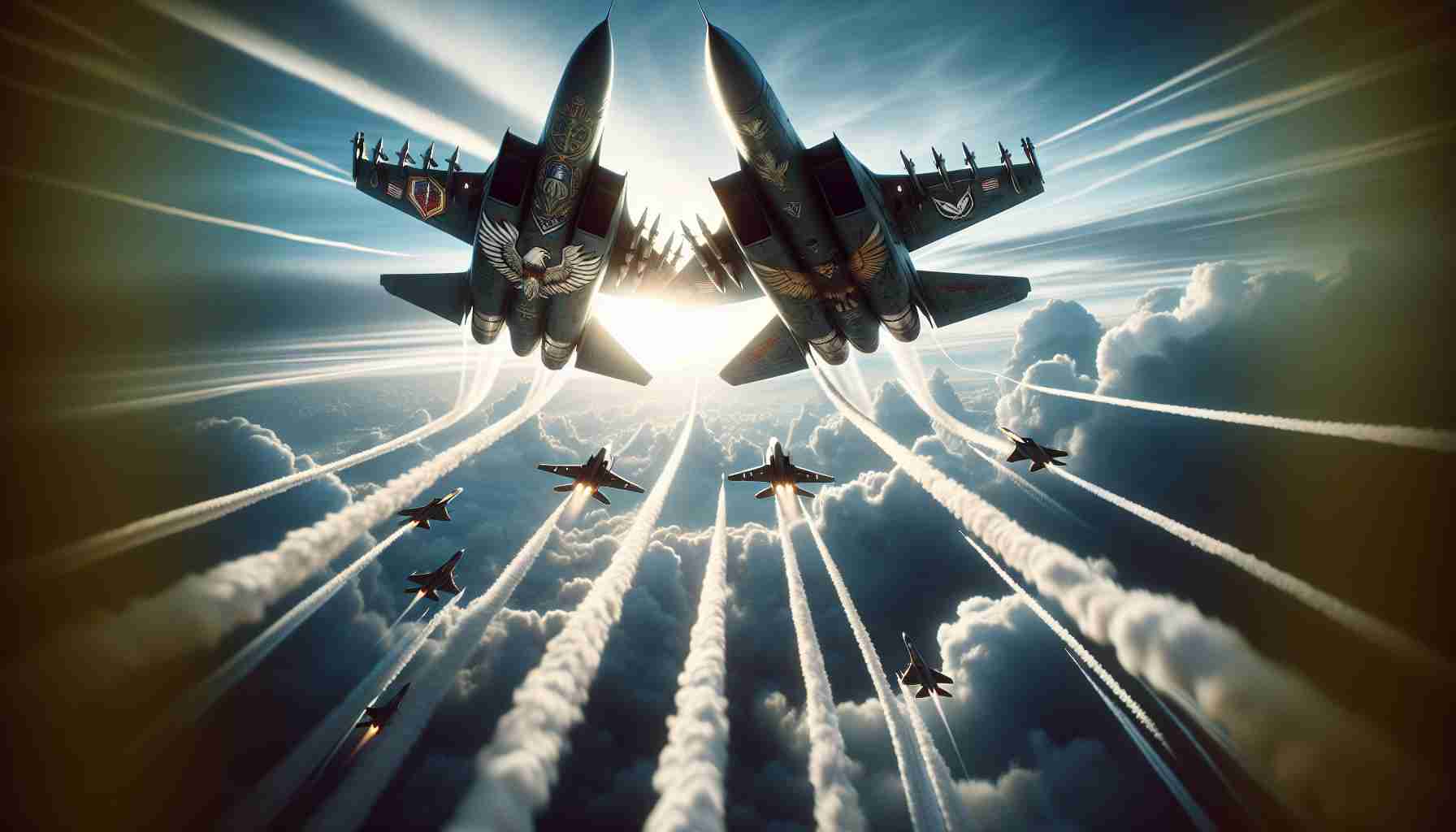The Geopolitical Chess Game Intensifies
In an era of increasingly sophisticated military technology, the confrontation between Russian jets and US bombers near Kaliningrad underscores the delicate balance of power over Eastern Europe. As Ukraine tensions remain high, this recent airborne encounter highlights growing concerns of a geopolitical standoff reverberating across international borders.
Advanced Military Tech: A Double-Edged Sword?
The latest incident leverages cutting-edge aviation technology, bringing both precision and unpredictability in military engagements. The Russian jets’ interception was executed with their state-of-the-art Su-35 fighters, known for their speed, agility, and adaptability. The crux of the matter is not the capacity to intercept but the implications it poses in the contemporary strategic landscape. Will future encounters be as controlled, or will technology outpace human decision-making, leading to unintended escalations?
Implications for Europe’s Security Architecture
Kaliningrad, a strategic Russian exclave bordered by Poland and Lithuania, serves as a critical juncture in this unfolding narrative. The region is quickly becoming a focal point, where advanced military technology — from drones to hypersonic weapons — could redefine Europe’s security landscape. For stakeholders, the future hinges on diplomatic agility and technological restraint, emphasizing the need for strategic dialogue over tactical maneuvers.
This aerial encounter illustrates not just the persistent tensions between Washington and Moscow but also the pivotal role technology plays in shaping modern geopolitical conflicts.
How Drone Technology is Redefining Modern Warfare and Global Power Dynamics
As the geopolitical stage grows increasingly complex, drone technology is emerging as a transformative force in global power dynamics, offering advantages and raising ethical concerns alike. Beyond traditional military applications, drones have permeated sectors like surveillance, humanitarian aid, and environmental monitoring, but their use in warfare remains controversial.
Drone technology introduces new debates: Are these unmanned vehicles merely tools of efficiency, or do they lower the threshold for conflict? Drones can perform precision strikes with minimal risk to human operators, but they also raise questions about accountability in warfare. Who bears responsibility when an automated system makes a critical decision?
The rapid advancement of drones has allowed nations to conduct operations with enhanced stealth and precision. This development can deter potential aggressors, yet it risks escalating confrontations, as the invisible nature of drone warfare may be perceived as an act of aggression, prompting retaliation.
Another aspect of drone technology is the potential for widespread surveillance, which, while beneficial for security purposes, raises significant privacy concerns. As drones become more sophisticated, the balance between security and civil liberties becomes increasingly delicate.
In the broader spectrum of human development, drones also hold promise for disaster response and environmental conservation. They offer a unique ability to reach inaccessible areas, delivering supplies and gathering critical data. However, the dual-use nature of this technology accentuates the need for stringent regulation and ethical oversight.
For more on related technological advancements, visit BBC for in-depth analyses and updates.







